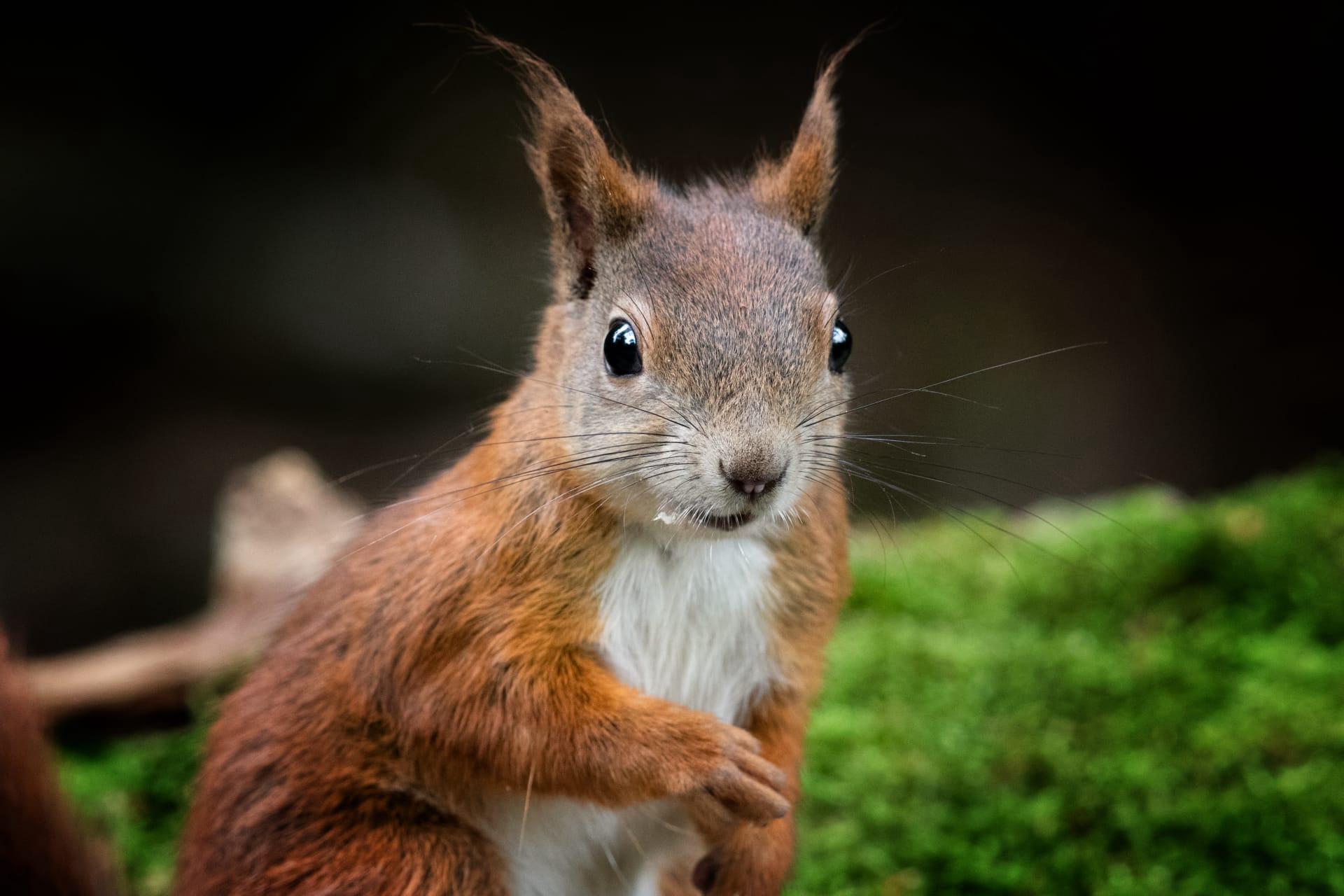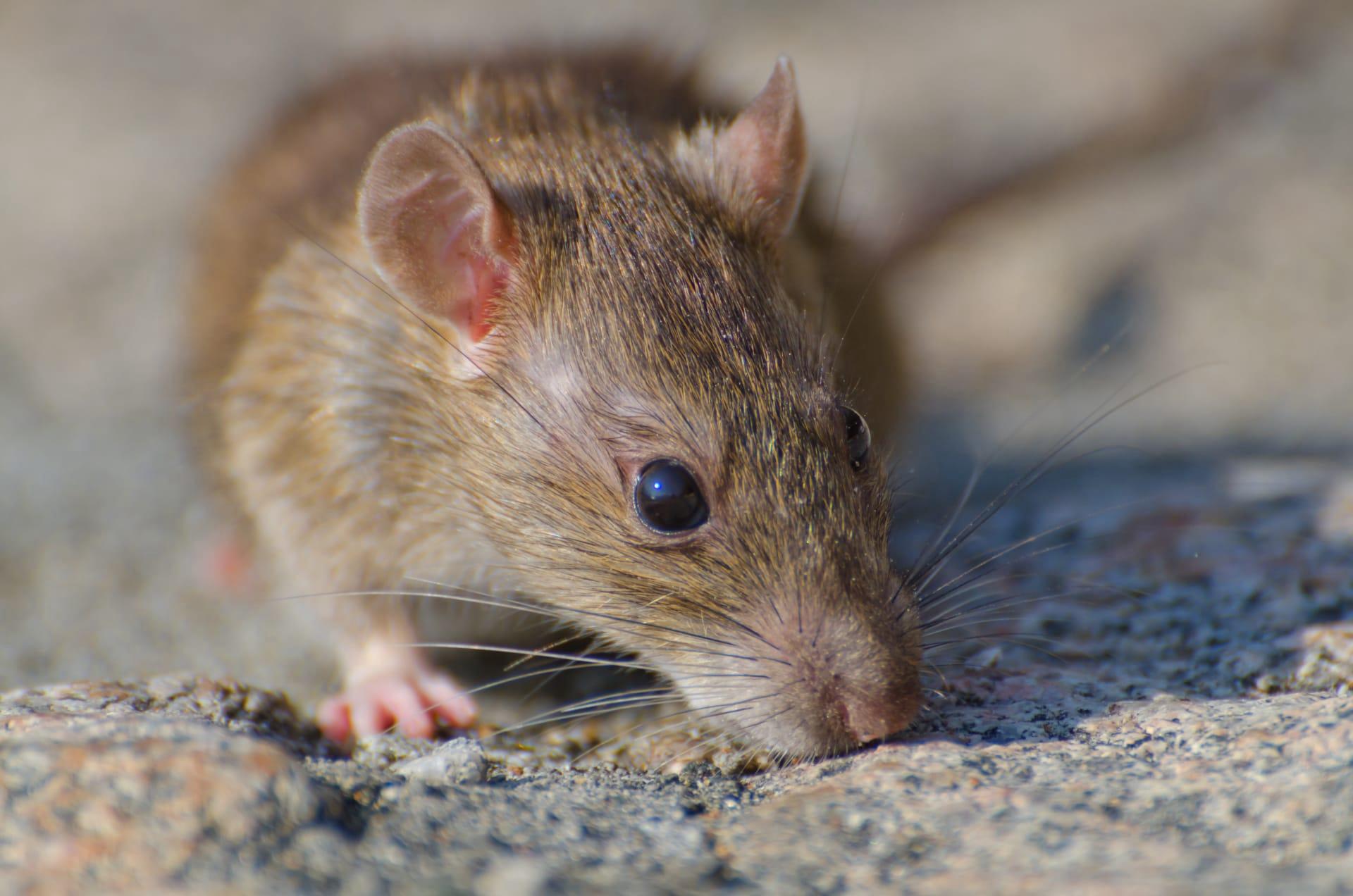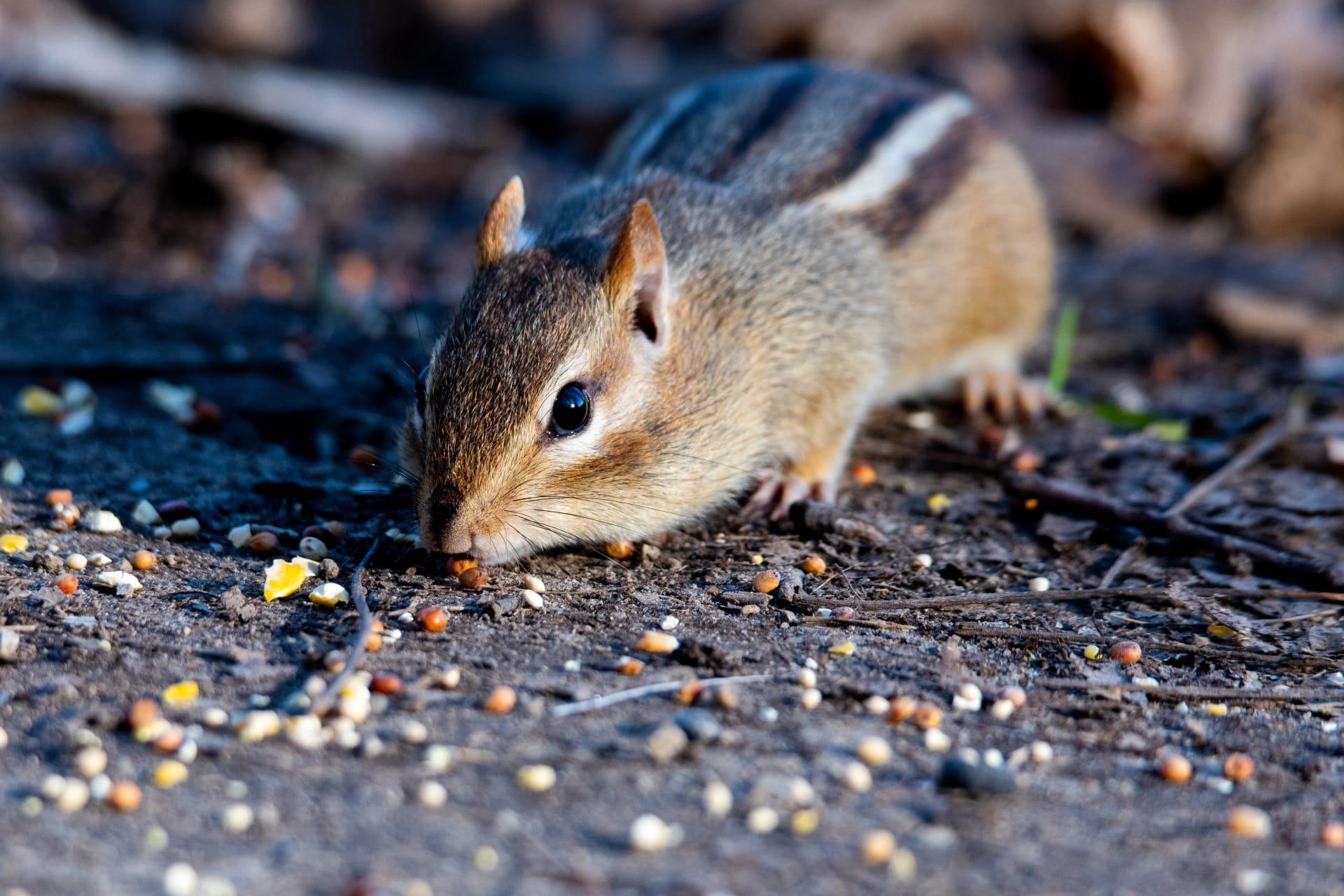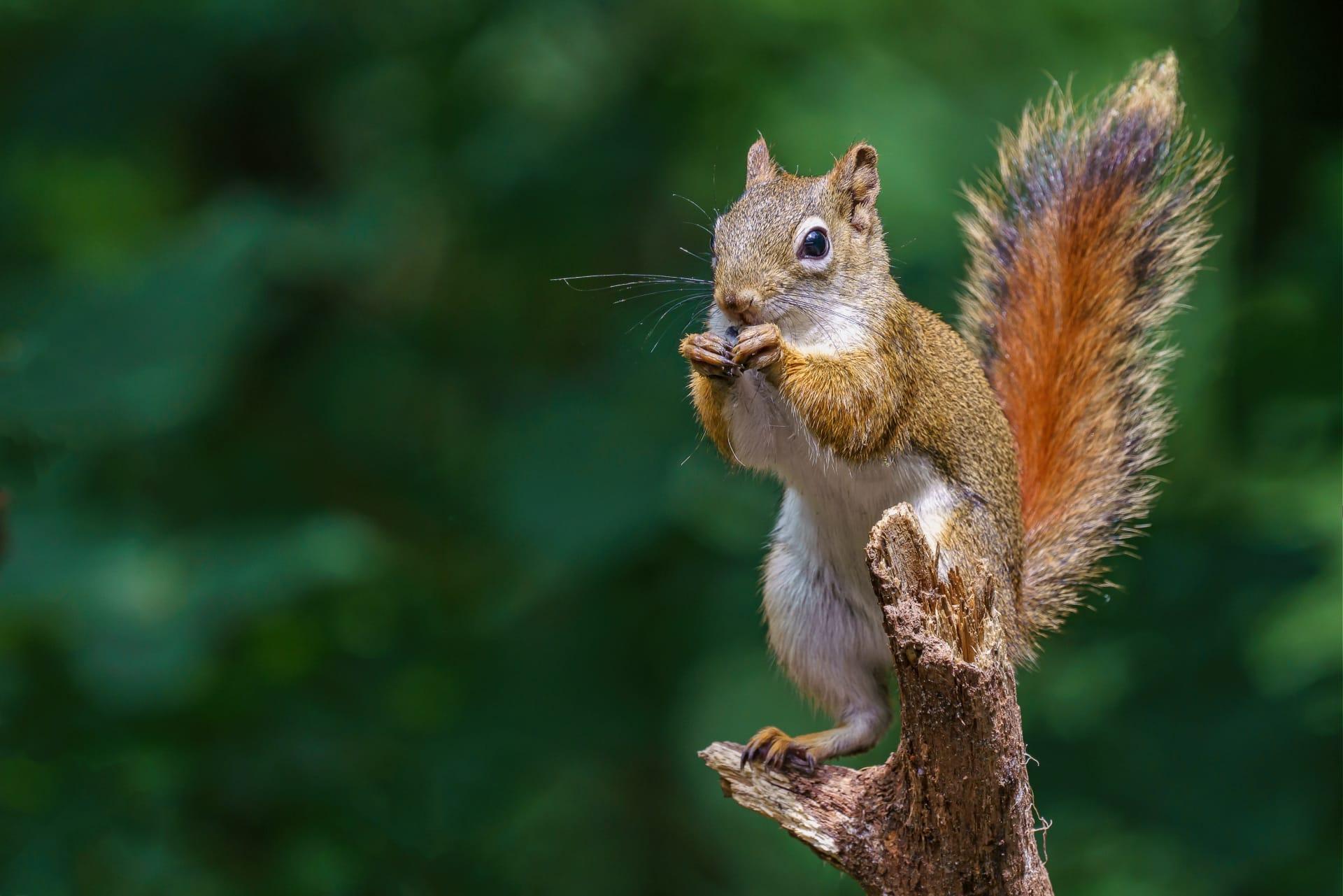Mouse
- Home /
- Mini Encyclopedia /
- Animal /
- Mouse
1
Mice belong to the rodent family, specifically within the genus Mus. This genus includes around 38 species, showcasing remarkable diversity. One of the most common species is the house mouse, Mus musculus, known for its adaptability and widespread presence. These tiny creatures, typically not exceeding 20 cm in length including their tail, display a range of fur colors from light brown to dark grey, depending on the species and environment.
The distribution of mice is extensive, covering nearly every continent. They are predominantly found in areas like fields, farms, and urban settings. Mice have a remarkable ability to adapt to various environments, which contributes to their global presence. They are absent only in Antarctica and some isolated islands. Their proliferation is partly due to their ability to cohabit with humans, often leading to their classification as pests due to their tendency to invade homes and agricultural fields.

2
Question: Do mice have poor eyesight and rely solely on their other senses?
Answer: Contrary to popular belief, mice do not have poor eyesight. Their vision is actually quite adept at detecting motion and has a wide field of view, although they are nearsighted and see best in dim light. Mice heavily rely on their sense of smell, hearing, and touch (through their whiskers) to navigate and detect danger. These heightened senses complement their vision, making them skilled at avoiding predators and locating food.

3
Mice employ several survival strategies to thrive in diverse environments. One key strategy is their reproductive rate. Mice can breed throughout the year, with a female capable of producing up to 10 litters annually, each litter containing 5-6 young. This rapid reproduction ensures their survival despite high predation rates.
Another survival tactic is their omnivorous diet, which includes seeds, fruits, grains, and occasionally insects, making them highly adaptable to different food sources. Mice also exhibit nocturnal behavior, which reduces the risk of predation. Their small size and agility aid in escaping predators and navigating tight spaces, crucial for survival in various habitats.

4
In ecosystems, mice play several roles, particularly in food chains. As prey, they are a vital food source for a range of predators like birds of prey, snakes, and larger mammals. Their presence helps maintain the balance of these predator populations.
Mice also contribute to seed dispersal and soil aeration through their foraging and burrowing activities. However, in some environments, they can negatively impact plant populations and agricultural yields due to their feeding habits. In urban ecosystems, their role is more complex, often leading to conflicts with humans as they can damage property and spread diseases.

5
Film: "The Secret Life of Mice" (UK, 2018) is a documentary that delves into the hidden world of mice. It explores their behavior, survival tactics, and interaction with various ecosystems, providing insights into their complex social structures and adaptability.
Book: "The Mouse in Biomedical Research" (USA, 2007) by James G. Fox et al. This book covers the role of mice in medical research, highlighting their contributions to scientific advancements and the ethical considerations involved.
Book: "Mice: Their History and Culture" (USA, 2014) by Lenny Flank Jr. offers a comprehensive look into the history of mice in human society. It discusses the evolution, domestication, and cultural significance of mice, along with detailed information about various species.